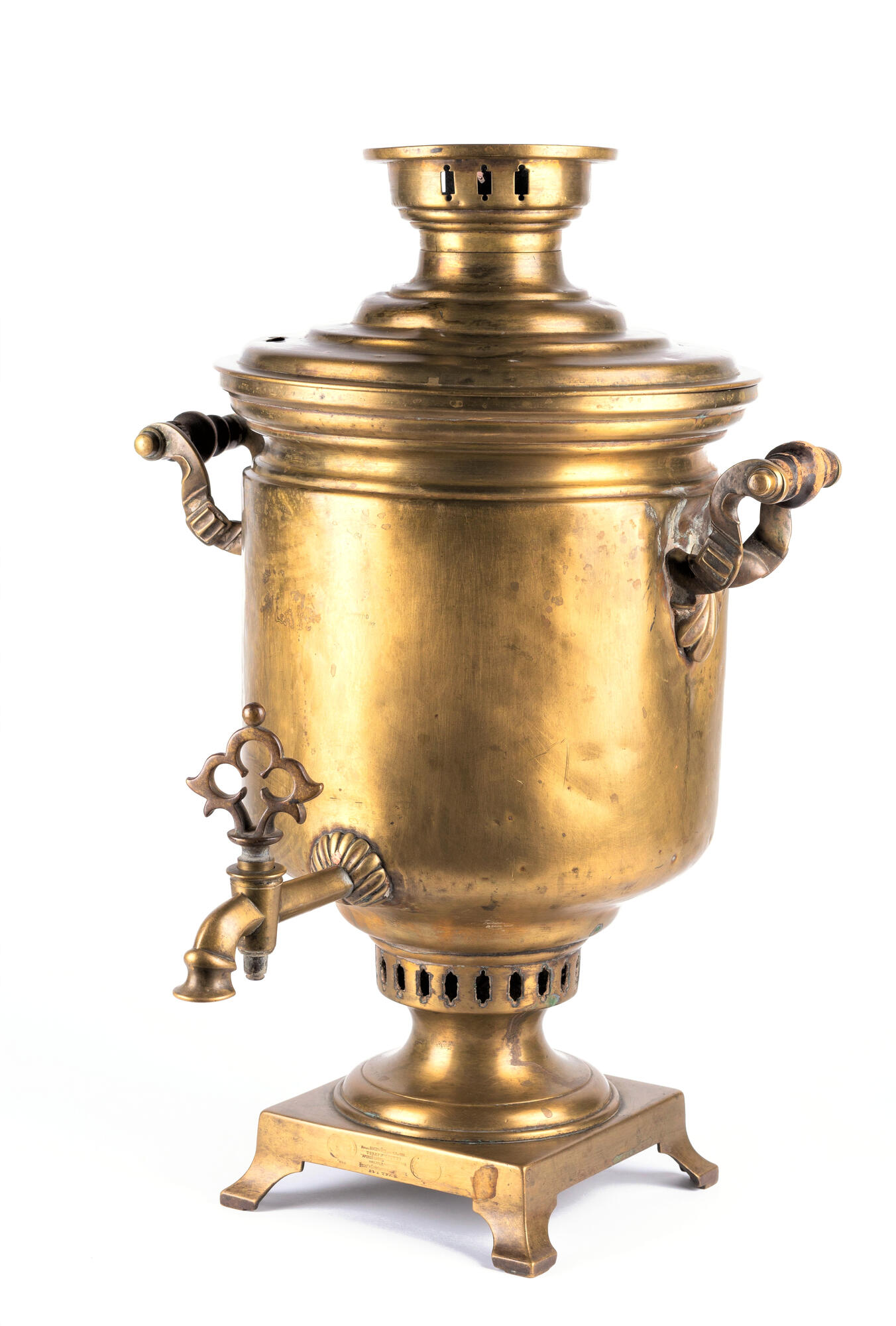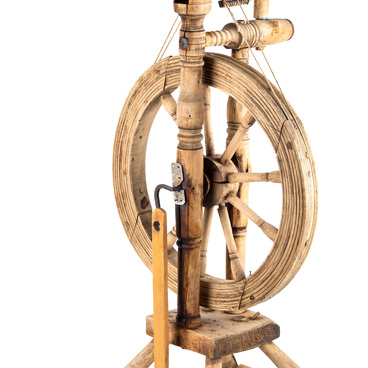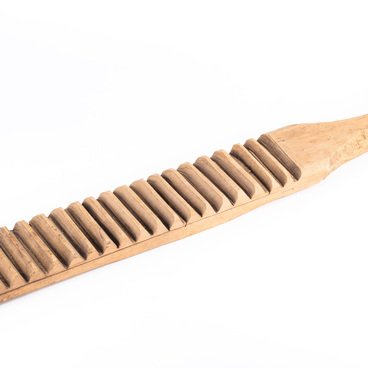In his Explanatory Dictionary of the Living Great Russian Language, Vladimir Dal gave the following definition of a samovar: ‘a vessel to heat water for tea, mostly copper, with a pipe and a brazier inside.’ In that same dictionary entry, it is indicated that the samovar is intended for heating water. In Russian folk culture, the symbolic meaning of the samovar went far beyond the limits of its functional, everyday use. The samovar was the embodiment of the family hearth, the comfort of home, and trusting communication. An invitation to sit at a samovar meant a sign of amicable inclination. On the other hand, serious business issues could be resolved around a samovar.
Nowadays, it is tough to say where and who invented the first samovar. Historians believe that devices similar to a samovar already existed in ancient Rome, but at that time they were intended for boiling and heating water that was then added to wine. Tea was not something familiar to the Greeks and Romans - unlike the Chinese, who have used implements that remotely resemble modern-day samovars since ancient times.
In the Russian Empire, samovars were manufactured at large copper smelting plants in the Ural Mountains and Moscow. The largest samovar production facility at the beginning of the 19th century was thought to be the plant owned by Petr Silin in Moscow Province. There, up to 3,000 samovars were manufactured per year. The Batashev, Balashev, Vorontsov, and Malikov plants in the city of Tula were renowned throughout the country, and even abroad. By the middle of the XIX century, there was a total of 80 plants like these in Tula. In the Ural Mountains area, the Demidov plants manufactured samovars.
Back in those days, the number of samovars produced was not measured in terms of the number of items, but in a unit of weight called a pood. There are 16 kilograms in one pood. An average factory could produce from 200 to 300 poods of goods per year, which amounted to about 3200-4800 kilograms. Manual production was at the heart of the samovar production process. One artisan could produce 10 simple, or 4-5 ornate, samovars per month, and these were not cheap, ranging from 6 to 10 rubles apiece. Each plant tried to think up its own samovars that could be distinguished from those made by other plants. That is why there was such a wide variety of forms: cans, shot glasses, vases, pears, acorns, firearm barrels, turnips, flame, and Easter eggs. The color usually depended on the alloy for the metal, and its capacity varied from one glass to 20 liters. Russian-produced samovars were not only sold in Russia, but were also exported abroad - mainly to Central Asia.
Nowadays, it is tough to say where and who invented the first samovar. Historians believe that devices similar to a samovar already existed in ancient Rome, but at that time they were intended for boiling and heating water that was then added to wine. Tea was not something familiar to the Greeks and Romans - unlike the Chinese, who have used implements that remotely resemble modern-day samovars since ancient times.
In the Russian Empire, samovars were manufactured at large copper smelting plants in the Ural Mountains and Moscow. The largest samovar production facility at the beginning of the 19th century was thought to be the plant owned by Petr Silin in Moscow Province. There, up to 3,000 samovars were manufactured per year. The Batashev, Balashev, Vorontsov, and Malikov plants in the city of Tula were renowned throughout the country, and even abroad. By the middle of the XIX century, there was a total of 80 plants like these in Tula. In the Ural Mountains area, the Demidov plants manufactured samovars.
Back in those days, the number of samovars produced was not measured in terms of the number of items, but in a unit of weight called a pood. There are 16 kilograms in one pood. An average factory could produce from 200 to 300 poods of goods per year, which amounted to about 3200-4800 kilograms. Manual production was at the heart of the samovar production process. One artisan could produce 10 simple, or 4-5 ornate, samovars per month, and these were not cheap, ranging from 6 to 10 rubles apiece. Each plant tried to think up its own samovars that could be distinguished from those made by other plants. That is why there was such a wide variety of forms: cans, shot glasses, vases, pears, acorns, firearm barrels, turnips, flame, and Easter eggs. The color usually depended on the alloy for the metal, and its capacity varied from one glass to 20 liters. Russian-produced samovars were not only sold in Russia, but were also exported abroad - mainly to Central Asia.



